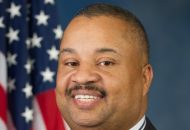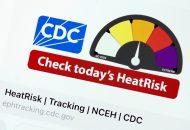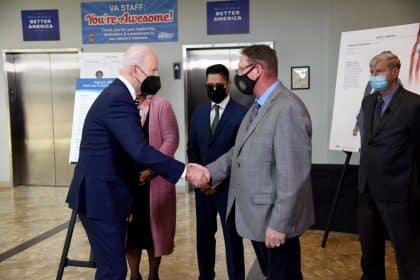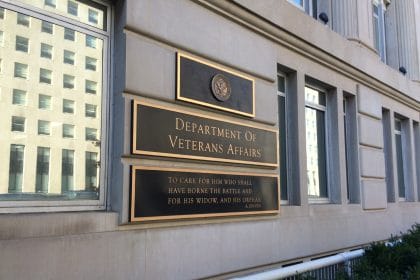Tester, IAVA Detail Economic and Emotional Toll Coronavirus Taking On U.S. Veterans
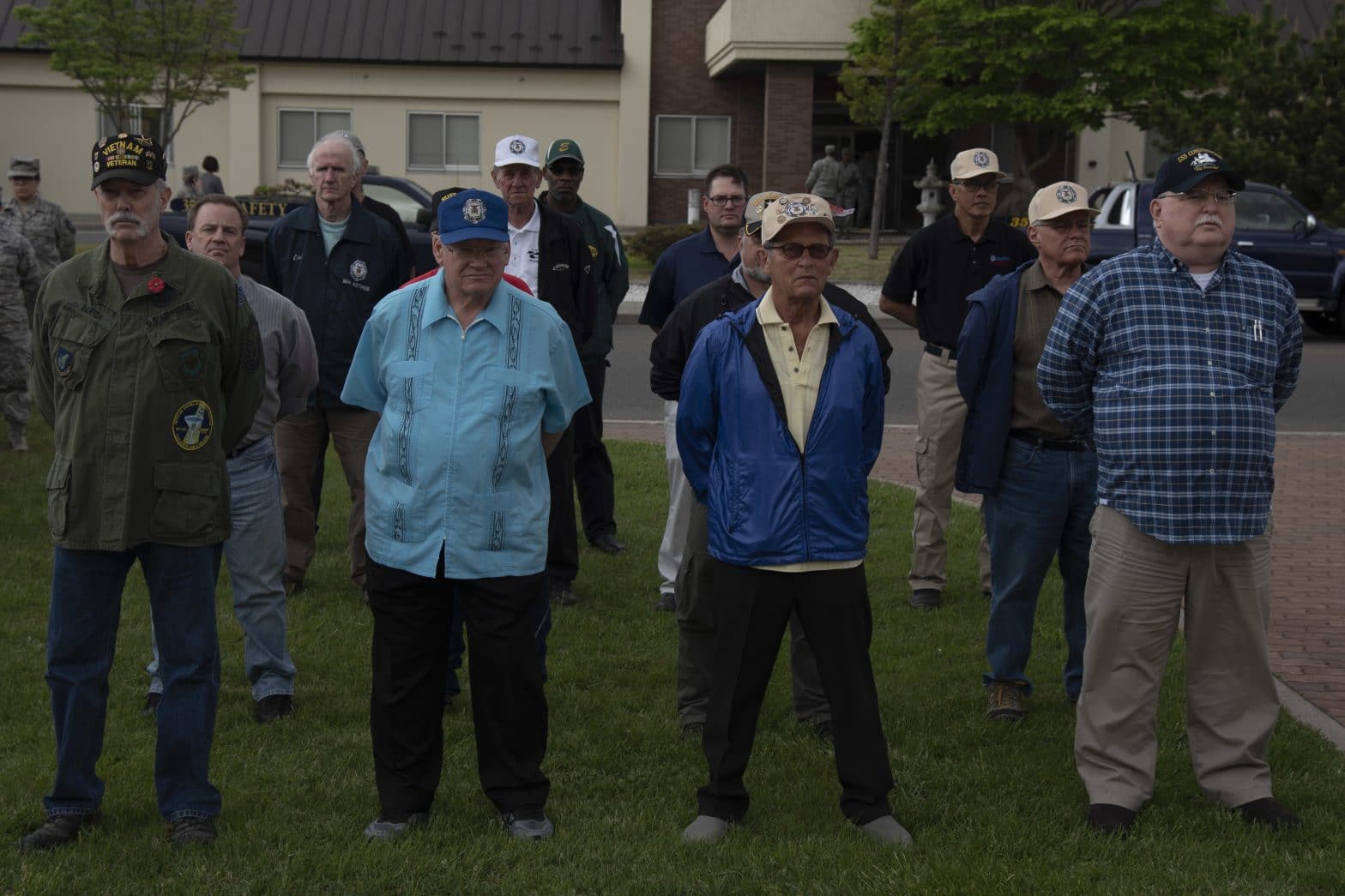
As the U.S. struggles to fight off a lingering coronavirus pandemic, the full impact of the crisis on the lives of Americans is just starting to come into view.
But for the veteran community — as for many other groups — the crisis has already taken a significant toll. Half of U.S. veterans are age 65 or older, a group that health officials say is at a higher risk of hospitalization or death from COVID-19.
At least 1,292 veterans have died from the coronavirus so far, and roughly 15,000 have been infected, according to statistics from the Department of Veterans Affairs, which only account for patients treated at VA facilities.
At a virtual panel hosted on Wednesday by the Iraq and Afghanistan Veterans of America, advocates said the pandemic will have lasting consequences on the economic livelihood and mental health of veterans.
“The biggest thing that we’re seeing is people coming to us in economic distress,” said Jeremy Butler, chief executive officer at IAVA. “They’re losing their jobs. Maybe they’re losing one, two, or three of the jobs that they were holding down, which can lead to homelessness, it can mean getting kicked out of an apartment.”
According to a report by the Bob Woodruff Foundation, about 15% of veterans are employed in five of the industries most likely to experience layoffs as a result of COVID-19. The veteran unemployment rate — which stood at just 3% before the pandemic — could surge to the highest levels seen since 2001, the report found.
Butler said that unemployment puts veterans with health issues at risk. “A lot of times, when you lose your job you lose health care benefits, so it just becomes a compounding issue,” he said. “We want to make sure that we’re making available the resources that our veterans need during this time, because those numbers are definitely going to go up.”
Research shows that veterans experience mental health issues, substance abuse disorders, and post-traumatic stress at higher rates than their civilian counterparts. In 2017, the suicide rate for veterans was 50% higher than the rate for non-veteran adults, according to a 2019 report by the Department of Veteran Affairs.
The VA has requested a budget of $243 billion for fiscal year 2021, a roughly 10% increase from the previous year. At a hearing of the Senate Committee on Veterans Affairs on Wednesday, VA Secretary Robert Wilkie called on Congress to support the budget increase.
“This is the largest budget request in VA history, allowing VA to sustain our remarkable progress, continue the upward trajectory of modernizing our systems, and be a center of innovation, providing options to Veterans when it comes to their own care,” Wilkie told members of the committee.
Senator Jon Tester, R-Mont., the ranking member of the committee, said the VA’s budget for 2021 should account for the impacts of the coronavirus. “The bottom line is you can’t make a mistake on this stuff,” said Tester, speaking at the IAVA panel. “Ten percent is a pretty significant increase in that budget, but health care is under attack right now by a pandemic, so they need to make sure it meets the needs.”
The $2 trillion Coronavirus Aid, Relief, and Economic Security Act provided more than $19 billion in emergency funding for the VA, including $17.2 billion for the Veterans Health Administration.
Some of that funding was meant to boost telehealth services for veterans during the crisis, allowing the VA to enter into short-term agreements with telecom companies to provide free mental health consultations.
But advocates say that many vets have reported difficulties accessing VA services. Tester acknowledged those difficulties on Wednesday and said the VA should make better use of telehealth. “You got veterans ping-ponging around — I don’t think that necessarily has to be that way,” he said.
Tester also said the agency should focus on increasing access to health care for female veterans. “The folks who are accessing VA health care has changed significantly over the last 30 years,” Tester said. “I think that’s good for the VA, but we also need to make sure that we have facilities, we have the docs and nurses, the staff to be able to take care of a new clientele of women that have served in the military.”
In 2019, Tester and Senator John Boozman, R-Ark., re-introduced the Deborah Sampson Act, a bill to “improve the benefits and services provided by the Department of Veterans Affairs to women veterans.”
Some of the bill’s provisions include increasing the number of gender-specific doctors at VA facilities, increasing maternity care days, and providing additional grants for organizations that support low-income women veterans.
Currently, women account for around 10% of all U.S. veterans, but the VA expects that number to increase to 16.3% by 2043, according to a 2015 report.
Tester said that the VA has been too slow to adapt to a rapidly changing veteran population. “It’s one of the fundamental things that has to happen within the VA –- sooner rather than later,” said Tester. “To be honest with you, it should have happened 15, 20 years ago, but we are where we are and we need to continue to push.”












